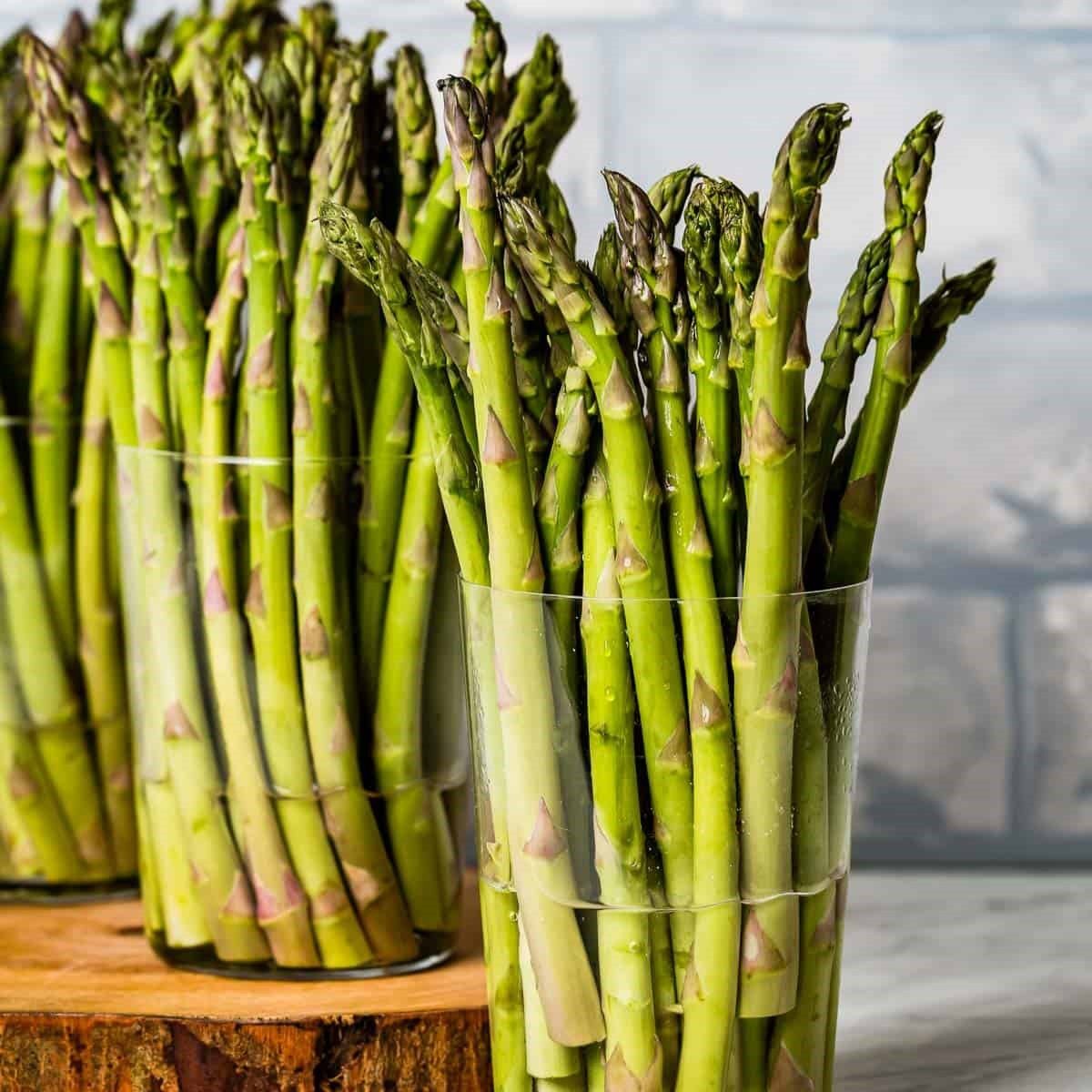

Articles
How To Store Asparagus To Last Longer
Modified: February 26, 2024
Learn how to store asparagus properly to ensure it stays fresh for longer. Follow these simple tips and tricks in this informative article.
(Many of the links in this article redirect to a specific reviewed product. Your purchase of these products through affiliate links helps to generate commission for Storables.com, at no extra cost. Learn more)
Introduction
Asparagus is a delicious and nutritious vegetable that can be enjoyed in a variety of dishes. Whether you grow your own asparagus or purchase it from a local market, it’s important to know how to store it properly to maximize its freshness and extend its shelf life. Proper storage techniques can help prevent wilting, maintain flavor and texture, and allow you to enjoy your asparagus for a longer period of time.
There are several factors that can affect the shelf life of asparagus, including temperature, moisture, and exposure to light. By understanding these factors and implementing the right storage methods, you can ensure that your asparagus stays fresh and flavorful for as long as possible.
Additionally, knowing when to harvest asparagus is crucial for its storage potential. Harvesting asparagus at the right time ensures that it is at its peak freshness and will have a longer shelf life compared to asparagus that is harvested too early or too late.
In this article, we will explore the factors that affect asparagus storage, proper harvesting techniques, and different storage methods to prolong its shelf life. Whether you prefer to store your asparagus in the refrigerator, freezer, or pantry, we will cover the necessary steps to keep it fresh and delicious.
Key Takeaways:
- Proper storage techniques are crucial for maximizing the freshness and shelf life of asparagus. Factors like temperature, moisture, and duration of storage play a significant role in determining how long asparagus will remain fresh.
- Whether you choose to store asparagus in the refrigerator, freeze it, keep it in water, or store it in the pantry, monitoring the asparagus regularly and using it within the recommended timeframe is essential for the best flavor and quality.
Read more: How To Store Spinach To Last Longer
Factors Affecting Asparagus Storage
Several factors can significantly impact the shelf life and quality of stored asparagus. Understanding these factors can help you make informed decisions about how to store your asparagus for maximum freshness.
Temperature: Asparagus is a cool-season vegetable and thrives in temperatures between 32°F (0°C) and 40°F (4°C). Storing asparagus at temperatures higher than this range can accelerate its deterioration and result in loss of flavor and texture. Therefore, it is crucial to store asparagus in a cool environment to prolong its freshness.
Moisture: Asparagus has a high water content, which means it can easily become limp and lose its crispness if exposed to excessive moisture. It is important to store asparagus in a dry condition to prevent rotting. Excess moisture can also promote the growth of bacteria, causing the asparagus to spoil quickly.
Exposure to light: Asparagus is light-sensitive and can develop a bitter taste if exposed to light for extended periods. To prevent this, it is advisable to keep asparagus stored in a dark or opaque container or wrapped in a light-blocking material. This will help maintain its flavor and quality.
Age of the asparagus: Asparagus is best consumed as fresh as possible. The quality and flavor of asparagus deteriorate with time, so it’s important to consume it or store it as soon as possible after harvesting or purchasing.
Quality of the asparagus: The quality of the asparagus at the time of storage affects how long it will last. Check the asparagus for any signs of damage, such as bruises or rotten spots, before storing. Damaged asparagus should be consumed immediately to prevent it from affecting the other stalks.
Duration of storage: Keep in mind that no matter how well you store asparagus, it will eventually lose its quality. It is recommended to consume stored asparagus within a week for the best flavor and texture. If you need to store it for a longer period, freezing can be a good option.
Understanding these factors will help you make informed decisions about the storage methods that will suit your needs. In the following sections, we will explore various storage methods to help you prolong the shelf life of your asparagus.
Proper Harvesting Techniques
Proper harvesting techniques play a crucial role in the freshness and storage potential of asparagus. Harvesting asparagus at the right time ensures that it is at its peak flavor and texture. Here are some guidelines to follow when harvesting asparagus:
- Timing: Asparagus spears should be harvested when they are around 6 to 8 inches in length and about as thick as a pencil. This usually occurs in the spring, but it can vary depending on your climate and growing conditions.
- Quality: Choose spears that are firm, straight, and have tightly closed tips. Avoid harvesting asparagus that is already flowering or has a woody texture, as these are signs that the plant is past its prime.
- Method: To harvest asparagus, grip the spear near the base and cut it at ground level using a sharp knife or garden shears. Be careful not to damage the remaining spears or the crown of the asparagus plant.
- Frequency: Asparagus plants produce new spears throughout the harvesting season. It is recommended to harvest every 2-3 days, as this allows the plant to continue producing fresh spears for a longer period.
By following these proper harvesting techniques, you can ensure that your asparagus is of the highest quality and has a longer shelf life. It is important to handle the harvested asparagus with care to avoid bruising or damaging the delicate spears.
Once you have freshly harvested asparagus, it’s time to prepare it for storage using the methods we will explore in the next section.
Preparing Asparagus for Storage
Properly preparing asparagus for storage is essential for maintaining its freshness and quality. Here are some steps to follow when preparing asparagus for storage:
- Trimming: Start by trimming the tough ends of the asparagus spears. The bottoms of the spears can be tough and woody, so it’s best to remove around 1-2 inches from the bottom. This will help ensure that you are storing the most tender and flavorful part of the asparagus.
- Cleaning: Rinse the asparagus under cold water to remove any dirt or debris. Gently pat dry the spears using a clean kitchen towel or paper towels. It’s important to remove excess moisture from the asparagus to prevent it from becoming limp or developing mold during storage.
- Bunching: Group the asparagus spears together in small bunches. Wrap a rubber band around each bunch, securing them tightly. Bunching the asparagus helps to keep them together and prevents them from rolling around during storage.
- Storage containers: Choose appropriate storage containers for your asparagus. You can use airtight plastic bags or containers that have good airflow. Make sure to leave some space in the container to prevent the spears from getting squished or damaged.
- Labeling: If you are storing different types of asparagus or have different harvesting dates, consider labeling the storage containers. This will make it easier for you to identify and use the asparagus before it deteriorates.
By following these steps, you are now ready to store your asparagus using various methods that will help prolong its shelf life. In the following sections, we will explore different storage methods, including refrigeration, freezing, and pantry storage.
Storage Methods for Prolonging Shelf Life
There are several storage methods you can employ to prolong the shelf life of asparagus. Each method has its own advantages and considerations, so choose the one that best fits your needs and preferences.
1. Storing Asparagus in the Refrigerator: The refrigerator is an ideal place to store asparagus as it offers a cool and controlled environment. To store asparagus in the refrigerator:
- Place the trimmed and clean asparagus spears in a resealable plastic bag.
- Keep the bag slightly open or poke a few small holes in it to maintain proper airflow and prevent excess moisture buildup.
- Store the bag of asparagus in the vegetable crisper drawer or in a cool section of the refrigerator.
- Try to use the asparagus within a week for the best flavor and texture.
2. Freezing Asparagus: Freezing is an excellent method to prolong the shelf life of asparagus for several months. Here’s how to freeze asparagus:
- Blanch the trimmed asparagus spears in boiling water for 2-3 minutes.
- Transfer the blanched asparagus into an ice bath to cool and stop the cooking process.
- Pat dry the cooled asparagus spears and place them in freezer-safe bags or containers.
- Remove any excess air from the bags or containers, seal them tightly, and label them with the date.
- Store the asparagus in the freezer, where it can typically stay fresh for up to 8-12 months.
3. Storing Asparagus in Water: Storing asparagus in water is a unique method that helps keep the spears hydrated and maintains their freshness:
- Trim the asparagus spears and place them upright in a container or jar with about an inch of water.
- Cover the container loosely with a plastic bag or wrap to retain moisture.
- Store the container in the refrigerator and change the water every few days to prevent stagnation.
- Using this method, the asparagus can remain fresh for up to a week or even longer.
4. Storing Asparagus in the Pantry: If you need to store asparagus outside of the refrigerator, you can try storing it in the pantry using the following method:
- Wrap the trimmed asparagus spears in a damp kitchen towel or place them in a container lined with a damp paper towel.
- Store the wrapped or lined asparagus in a cool and dark pantry or a root cellar if available.
- Check the asparagus regularly for any signs of wilting or deterioration, and use it within a few days.
Now that you are familiar with the different storage methods, you can choose the one that suits your needs and enjoy fresh asparagus for an extended period.
Read more: How To Store Batteries To Last Longer
Storing Asparagus in the Refrigerator
Storing asparagus in the refrigerator is one of the most common and effective methods to prolong its freshness. By keeping asparagus in a cool and controlled environment, you can maintain its flavor and texture for a longer period. Here’s how to store asparagus in the refrigerator:
- Start by trimming the tough ends of the asparagus spears. Remove about 1-2 inches from the bottom to ensure you are storing the most tender part.
- Rinse the asparagus under cold water to remove any dirt or debris. Gently pat dry the spears using a clean kitchen towel or paper towels.
- Prepare a resealable plastic bag or an airtight container for storage. Make sure it is clean and dry.
- Place the trimmed and clean asparagus spears into the bag or container. You can leave them whole or cut them into shorter lengths if desired.
- Keep the bag slightly open to allow proper airflow or poke a few small holes in it. This will prevent excess moisture buildup, which can lead to the asparagus becoming limp or developing mold.
- Store the bag or container of asparagus in the vegetable crisper drawer or in a cool section of the refrigerator.
- A temperature range of 32°F (0°C) to 40°F (4°C) is ideal for storing asparagus. Avoid storing it near the back of the refrigerator or in areas that are prone to temperature fluctuations, such as near the door.
- Try to use the asparagus within a week for the best flavor and texture. Asparagus can lose its freshness and become woody if stored for too long.
- Before using the stored asparagus, inspect it for any signs of wilting or deterioration. Discard any spears that appear mushy, slimy, or have a foul odor.
Storing asparagus in the refrigerator allows you to enjoy its freshness for an extended period. It is important to handle the stored asparagus with care to avoid any damage or bruising that can shorten its shelf life. By following these steps, you can ensure that your asparagus stays crisp and tasty until you’re ready to use it in your favorite recipes.
To store asparagus and keep it fresh longer, trim the ends and place the spears upright in a glass of water in the refrigerator. Cover the tops with a plastic bag for best results.
Freezing Asparagus
Freezing is a great method for extending the shelf life of asparagus and preserving it for future use. Freezing asparagus allows you to enjoy its freshness and flavor even when it’s out of season. Here’s how you can freeze asparagus:
- Start by trimming the tough ends of the asparagus spears. Remove about 1-2 inches from the bottom, ensuring that you keep the most tender part of the asparagus.
- Bring a pot of water to a boil and prepare a bowl of ice water. This will be used for blanching the asparagus.
- Blanch the trimmed asparagus spears in the boiling water for 2-3 minutes. Blanching helps preserve the color, texture, and nutrients of the asparagus.
- Quickly transfer the blanched asparagus into the bowl of ice water. This will help cool the asparagus rapidly and stop the cooking process.
- Once cooled, remove the asparagus from the ice water bath and pat it dry using a clean kitchen towel or paper towels.
- Prepare freezer-safe bags or containers for storage. Make sure they are clean and dry.
- Place the blanched and dried asparagus spears into the bags or containers. You can leave them whole or cut them into shorter lengths based on your preference.
- Remove any excess air from the bags or containers and seal them tightly. This will help prevent freezer burn and maintain the quality of the asparagus.
- Label the bags or containers with the date of freezing to keep track of their freshness.
- Place the bagged or containerized asparagus in the freezer. The optimal freezer temperature for storing asparagus is 0°F (-18°C).
Frozen asparagus can generally be stored for 8-12 months. However, for the best quality, it is recommended to consume it within the first 3-6 months. When you’re ready to use the frozen asparagus, you can cook it directly from its frozen state or thaw it in the refrigerator before using it in your recipes.
Freezing asparagus is a great way to enjoy its delicious taste and nutrients all year round. Whether you want to add it to soups, stews, or stir-fries, having frozen asparagus on hand can be convenient and practical.
Blanching Asparagus before Freezing
Blanching is an essential step to ensure the quality and preservation of asparagus before freezing. Blanching helps to maintain the color, texture, and flavor of the asparagus, while also preventing enzyme activity that can cause deterioration over time. Here’s how you can blanch asparagus before freezing:
- Start by preparing a pot of water and bringing it to a rolling boil.
- While the water is heating up, trim the tough ends of the asparagus spears. Remove about 1-2 inches from the bottom to ensure you’re keeping the most tender part of the asparagus.
- Once the water is boiling, carefully place the trimmed asparagus spears into the pot. It’s recommended to blanch in small batches to ensure even cooking.
- Allow the asparagus to blanch in the boiling water for 2-3 minutes. The exact timing may vary depending on the thickness of the asparagus, so you may need to adjust accordingly.
- While the asparagus is blanching, prepare a bowl of ice water. This will be used for cooling the asparagus and stopping the cooking process.
- After the blanching time is complete, quickly remove the asparagus from the boiling water using tongs or a slotted spoon and transfer them to the bowl of ice water. This rapid cooling will help preserve the color and texture of the asparagus.
- Leave the asparagus in the ice water bath for the same duration as the blanching time, ensuring that they are completely cooled.
- Once cooled, remove the asparagus from the ice water bath and pat them dry using a clean kitchen towel or paper towels.
- At this point, the blanched and dried asparagus is ready to be packaged for freezing. Follow the instructions for freezing asparagus provided in a previous section.
Blanching before freezing is a crucial step as it helps to maintain the quality and flavor of the asparagus during the freezing process. It helps to destroy the enzymes that can cause the asparagus to become mushy or lose its vibrant green color. By blanching the asparagus, you can ensure that it retains its taste, texture, and nutritional value for an extended period in the freezer.
Remember to label the frozen asparagus with the date of freezing to keep track of its freshness. When you’re ready to use the blanched asparagus, you can cook it directly from its frozen state or thaw it in the refrigerator before incorporating it into your favorite dishes.
Storing Asparagus in Water
Storing asparagus in water is a unique method that helps keep the spears hydrated and maintain their freshness for an extended period. This method is particularly useful when you want to store asparagus outside of the refrigerator or if you prefer to keep it standing upright. Here’s how you can store asparagus in water:
- Start by trimming the tough ends of the asparagus spears. Remove about 1-2 inches from the bottom to ensure you’re keeping the most tender part of the asparagus.
- Take a container or jar that is tall enough to hold the asparagus spears upright, and fill it with about an inch of water.
- Gently place the trimmed asparagus spears into the container, standing them upright in the water. Make sure the water level is sufficient to cover the bottom ends of the spears.
- Next, cover the container loosely with a plastic bag or plastic wrap. This will help to retain moisture around the spears while still allowing some airflow.
- Store the container of asparagus in a cool part of your kitchen or pantry, away from direct sunlight and heat sources.
- Check the water level regularly and replenish it if necessary. It’s important to keep the water fresh and clean to prevent any bacterial growth.
- Inspect the asparagus spears periodically for any signs of wilting or deterioration. Remove any spears that show signs of spoilage to prevent it from spreading to the rest.
- Use the stored asparagus within a week for the best flavor and quality. Over time, the asparagus may start to lose its freshness and become less crisp.
Storing asparagus in water helps to maintain its hydration and crispness, keeping it fresh for a longer period. This method is particularly handy if you don’t have enough space in your refrigerator or prefer not to store it alongside other produce. Just remember to change the water regularly and discard any asparagus that shows signs of spoilage.
When you’re ready to use the stored asparagus, remove it from the water and give it a quick rinse under cold water. From there, you can proceed to cook or prepare it according to your desired recipe.
Read more: How To Store Celery To Last Longer
Storing Asparagus in the Pantry
If you don’t have access to a refrigerator or prefer to store your asparagus outside of the fridge, storing it in the pantry can be a viable option. While the shelf life may not be as long as refrigeration or freezing, proper pantry storage can help keep the asparagus fresh for a few days. Here’s how you can store asparagus in the pantry:
- Start by trimming the tough ends of the asparagus spears. Remove about 1-2 inches from the bottom to ensure you’re keeping the most tender part of the asparagus.
- Wrap the trimmed asparagus spears loosely in a damp kitchen towel. This will help maintain moisture and prevent the asparagus from drying out.
- If you prefer using a container, line it with a damp paper towel and place the asparagus inside, covering it loosely with the towel.
- Choose a cool and dark spot in your pantry to store the wrapped or containerized asparagus. The area should have good air circulation and be away from direct sunlight or heat sources.
- Check the asparagus regularly for any signs of wilting or deterioration. Remove any spears that show signs of spoilage immediately to prevent them from affecting the rest.
- Try to use the stored asparagus within a few days for the best flavor and quality. Asparagus stored in the pantry may start to lose its freshness and become less crisp over time.
Storing asparagus in the pantry allows it to remain accessible and visible, making it more likely to be used before it starts deteriorating. Wrapping it in a damp towel or placing it in a container with a damp paper towel helps to maintain moisture levels, preserving its texture and preventing it from drying out.
Remember to inspect the asparagus regularly and discard any spears that show signs of spoilage. Proper pantry storage will keep the asparagus fresh for a short period, allowing you to enjoy it before it loses its crispness and flavor.
When you’re ready to use the stored asparagus, rinse it under cold water to remove any moisture or debris from the towel. Proceed to cook or prepare the asparagus according to your desired recipe.
Conclusion
Proper storage techniques are essential for maximizing the freshness and shelf life of asparagus. Whether you grow your own asparagus or purchase it from a local market, understanding the factors that affect its storage and implementing the right methods can help maintain its flavor, texture, and nutritional value.
Factors such as temperature, moisture, exposure to light, age of the asparagus, and duration of storage play a significant role in determining how long asparagus will remain fresh. By storing asparagus in the refrigerator, you can capitalize on its cool and controlled environment to keep it crisp and flavorful.
If you prefer to store asparagus for an extended period, freezing is a great method. Blanching the asparagus before freezing helps preserve its color and texture, ensuring that it retains its quality during the freezing process.
Storing asparagus in water is a unique method that can help keep the spears hydrated and prolong their freshness. This technique is particularly useful if you don’t have space in the refrigerator or prefer to store asparagus upright.
Alternatively, if you don’t have access to a refrigerator or prefer pantry storage, wrapping asparagus in a damp towel or placing it in a container with a damp paper towel can help preserve moisture and delay wilting.
In conclusion, the proper harvesting techniques, preparing asparagus for storage, and utilizing suitable storage methods are crucial for extending the shelf life of asparagus. Whether you choose to store it in the refrigerator, freeze it, keep it in water, or store it in the pantry, remember to monitor the asparagus regularly and use it within the recommended timeframe for the best flavor and quality.
By implementing these storage methods, you can ensure that your asparagus remains fresh, delicious, and ready to be used in a variety of culinary creations for an extended period of time.
Frequently Asked Questions about How To Store Asparagus To Last Longer
Was this page helpful?
At Storables.com, we guarantee accurate and reliable information. Our content, validated by Expert Board Contributors, is crafted following stringent Editorial Policies. We're committed to providing you with well-researched, expert-backed insights for all your informational needs.

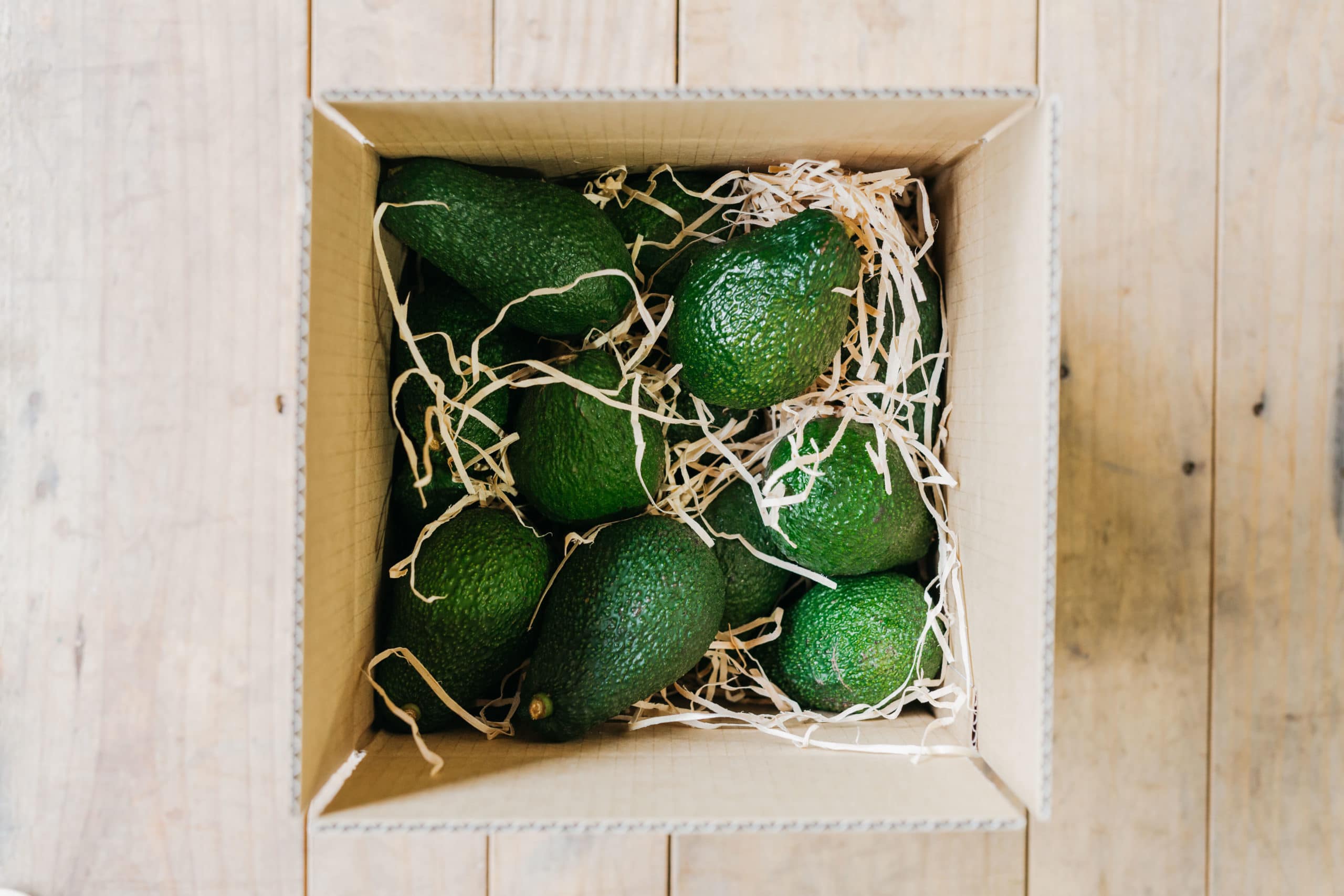

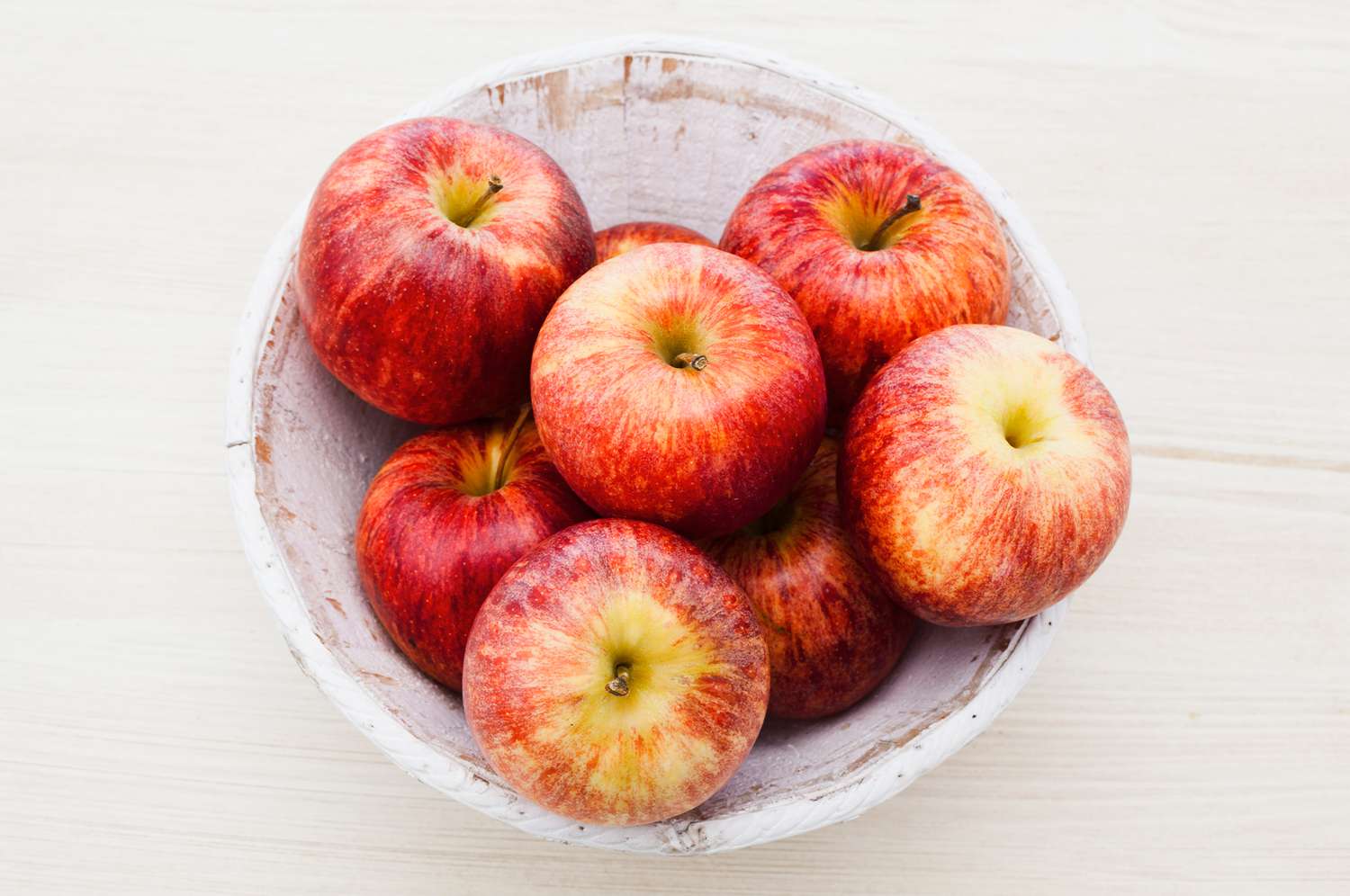

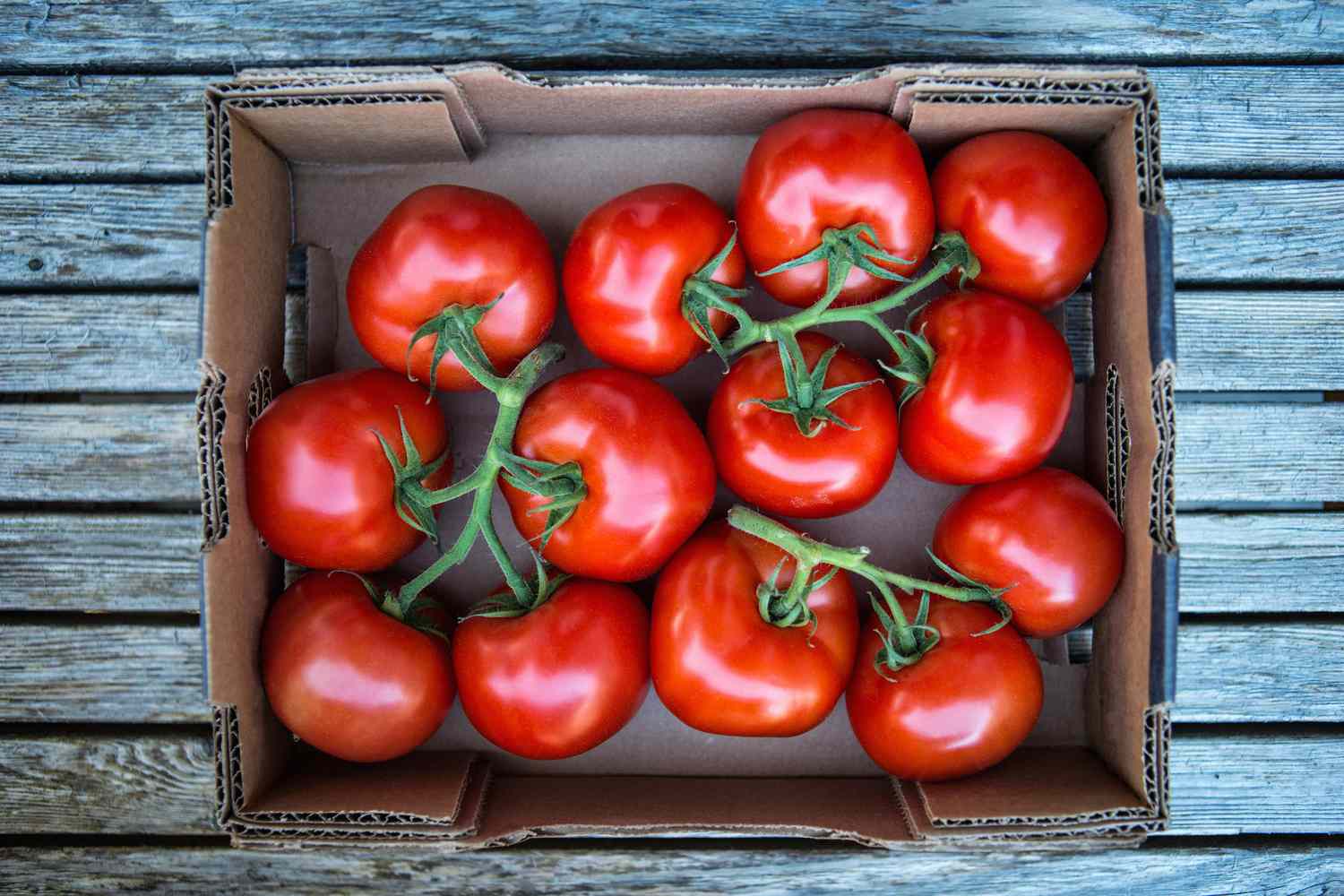

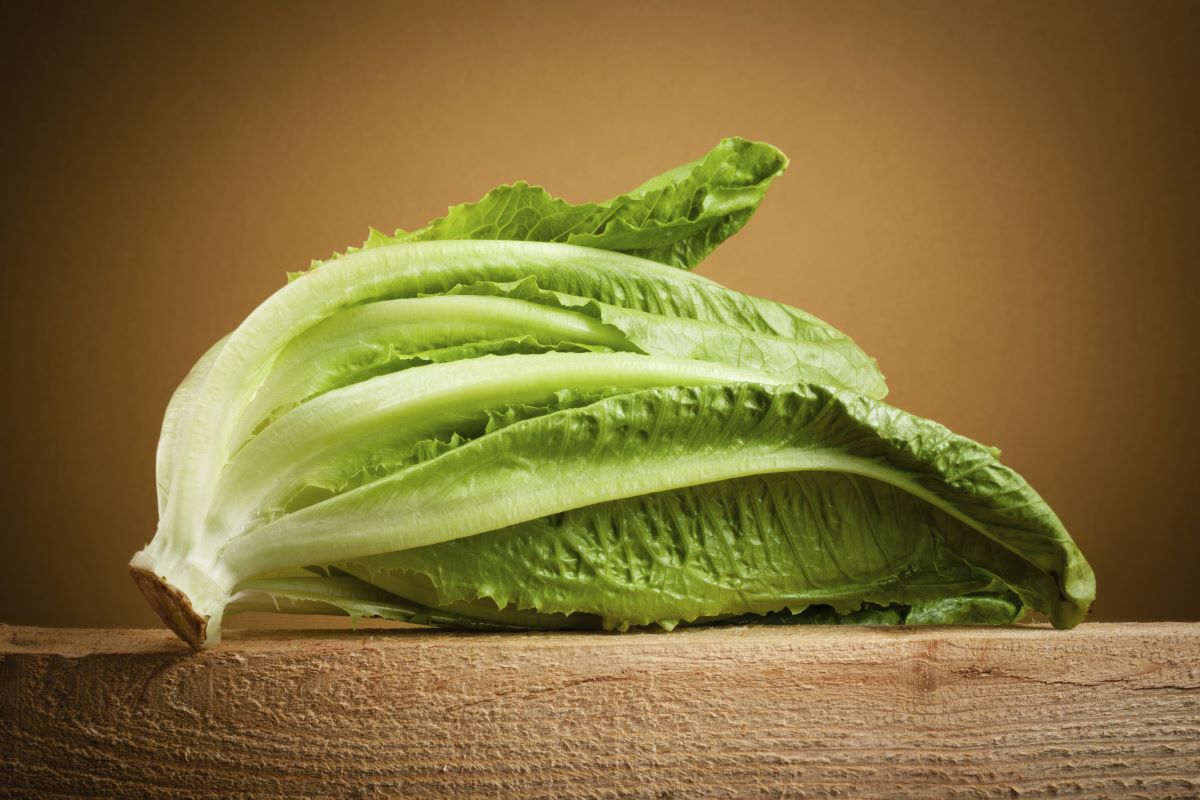
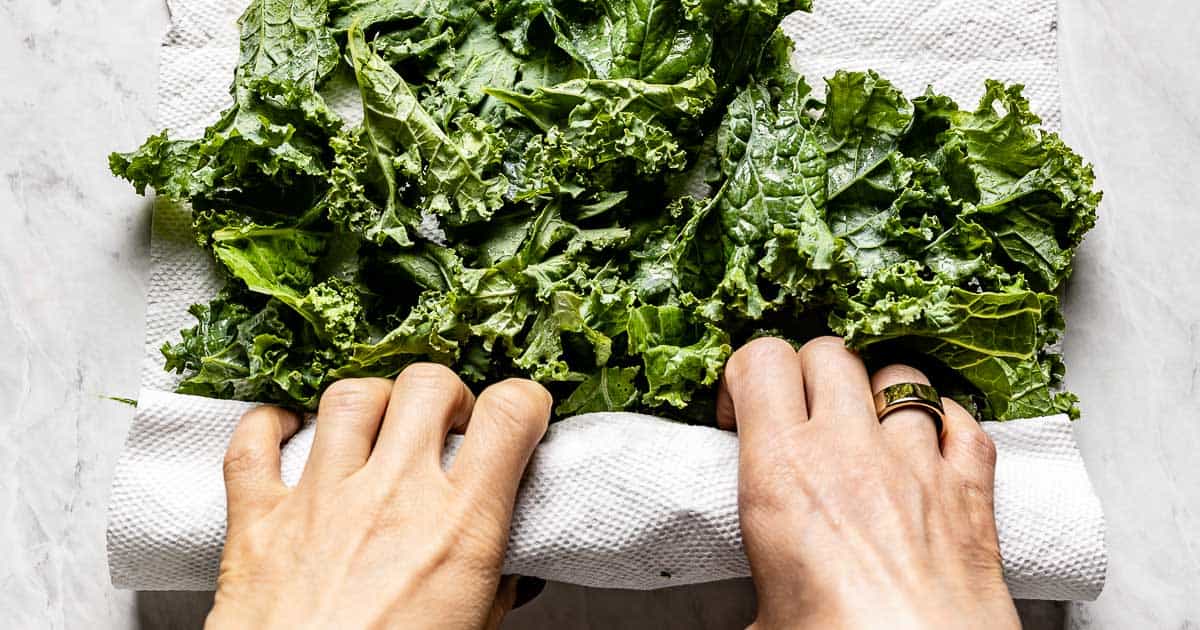
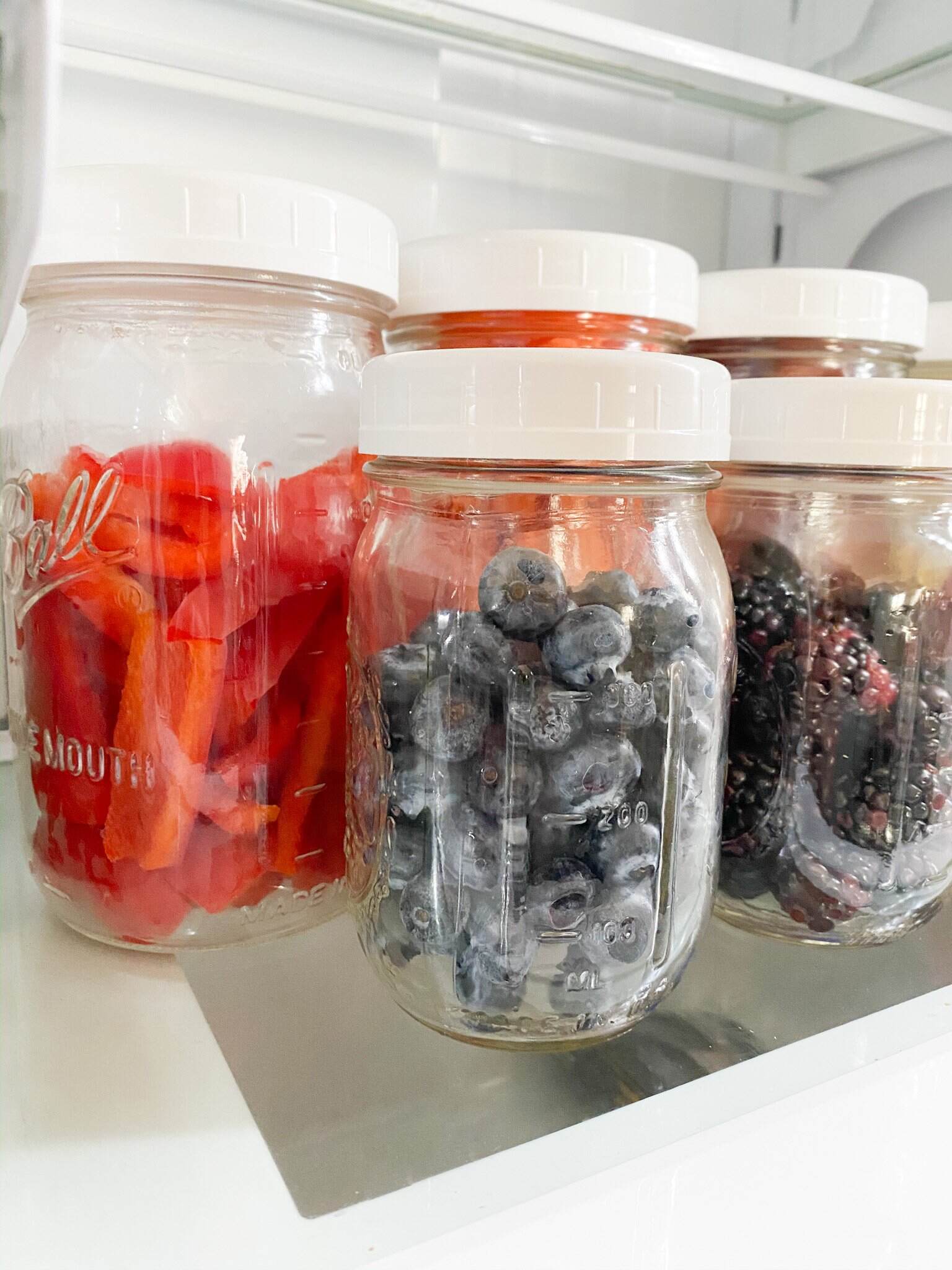
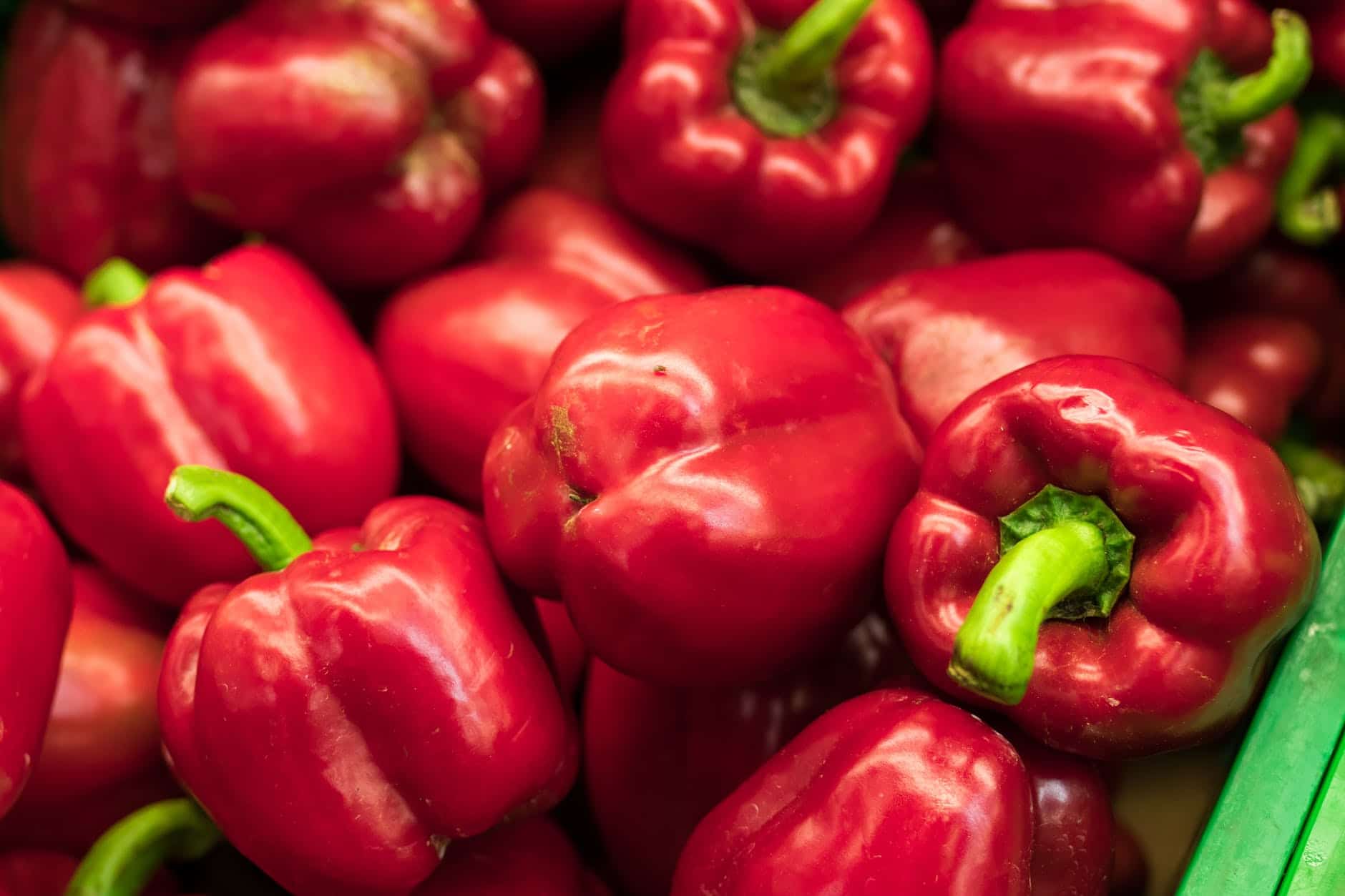



0 thoughts on “How To Store Asparagus To Last Longer”